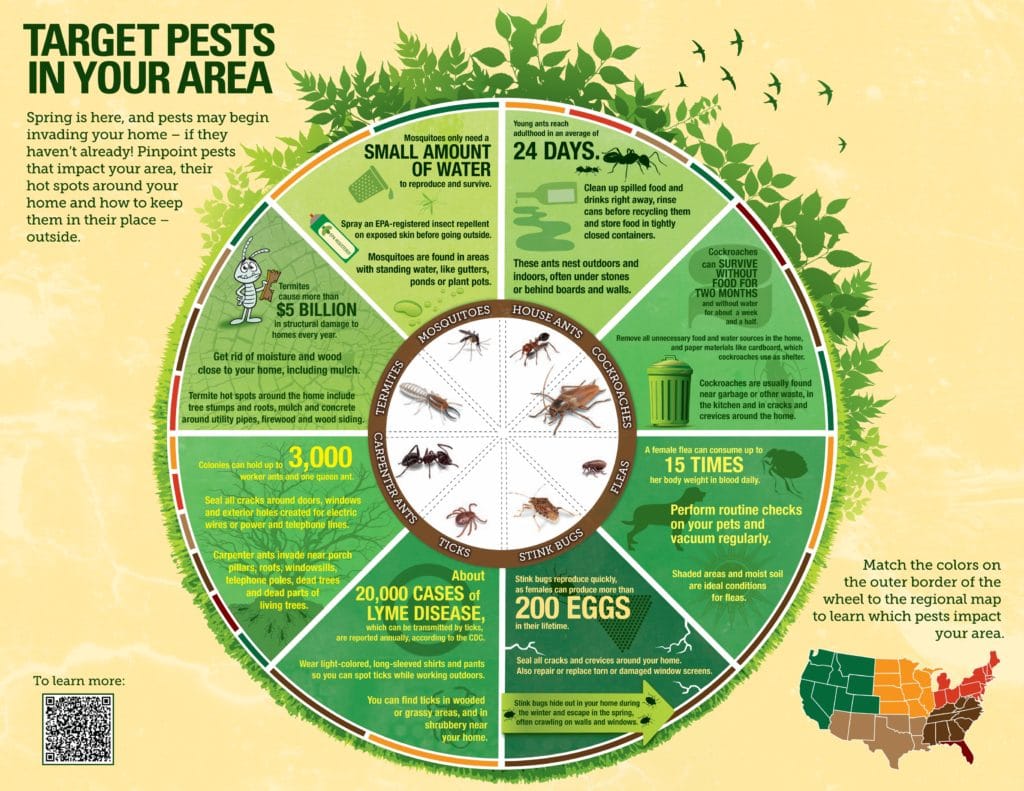Discover Valuable Suggestions On How To Stop Rodents From Entering Your Attic And Safeguard Your Home
Discover Valuable Suggestions On How To Stop Rodents From Entering Your Attic And Safeguard Your Home
Blog Article
Material Written By-Karlsen Park
Envision your attic room as a relaxing Airbnb for rats, with insulation as cosy as hotel pillows and electrical wiring a lot more attracting than space solution. Currently, imagine these undesirable guests tossing a wild celebration in your house while you're away. As a home owner, ensuring your attic is rodent-proof is not nearly satisfaction; it's about securing your property and liked ones. So, what simple steps can you take to protect your sanctuary from these hairy intruders?
Examine for Entry Information
To begin rodent-proofing your attic, check for entry factors. Begin by carefully examining the exterior of your home, looking for any kind of openings that rodents can use to get to your attic room. Look for spaces around utility lines, vents, and pipes, along with any kind of cracks or openings in the structure or house siding. Make certain to pay very close attention to areas where different structure materials satisfy, as these prevail entrance points for rats.
Furthermore, evaluate effective bed bug treatment covering for any kind of harmed or missing tiles, in addition to any type of voids around the sides where rodents can press via. Inside the attic room, try to find indications of existing rodent activity such as droppings, chewed cables, or nesting materials. Utilize a flashlight to thoroughly inspect dark edges and surprise areas.
Seal Cracks and Gaps
Check your attic completely for any type of fractures and spaces that require to be sealed to prevent rats from entering. Rats can squeeze through even the tiniest openings, so it's crucial to seal any kind of potential entry factors. Check around pipelines, vents, cables, and where the walls meet the roof. Utilize monthly flea treatment of steel wool and caulking to seal these openings efficiently. Steel wool is an exceptional deterrent as rats can not eat with it. Make certain that all voids are snugly secured to deny accessibility to undesirable parasites.
Do not neglect the value of securing gaps around windows and doors too. Usage climate stripping or door moves to secure these locations successfully. Check the locations where utility lines go into the attic room and secure them off utilizing an appropriate sealer. By putting in the time to seal all fractures and spaces in your attic, you develop an obstacle that rats will discover challenging to breach. Avoidance is key in rodent-proofing your attic room, so be extensive in your efforts to seal any kind of potential access factors.
Remove Food Sources
Take positive steps to remove or store all potential food sources in your attic room to discourage rats from infesting the area. Rats are attracted to food, so removing their food resources is critical in keeping them out of your attic.
Below's what you can do:
1. ** Shop food firmly **: Prevent leaving any food products in the attic. Shop all food in closed containers made from steel or sturdy plastic to avoid rodents from accessing them.
2. ** Tidy up debris **: Eliminate any stacks of particles, such as old papers, cardboard boxes, or wood scraps, that rats could make use of as nesting material or food sources. Maintain the attic clutter-free to make it much less enticing to rodents.
3. ** Dispose of garbage correctly **: If you utilize your attic room for storage and have waste or waste up there, ensure to get rid of it regularly and properly. Rotting trash bin draw in rodents, so maintain the attic tidy and without any organic waste.
Final thought
Finally, keep in mind that an ounce of prevention deserves a pound of cure when it comes to rodent-proofing your attic.
By taking the time to check for entrance factors, seal fractures and spaces, and remove food resources, you can keep undesirable pests at bay.
Keep in mind, 'An ounce of prevention deserves a pound of treatment' - Benjamin Franklin.
Keep positive and shield your home from rodent infestations.
